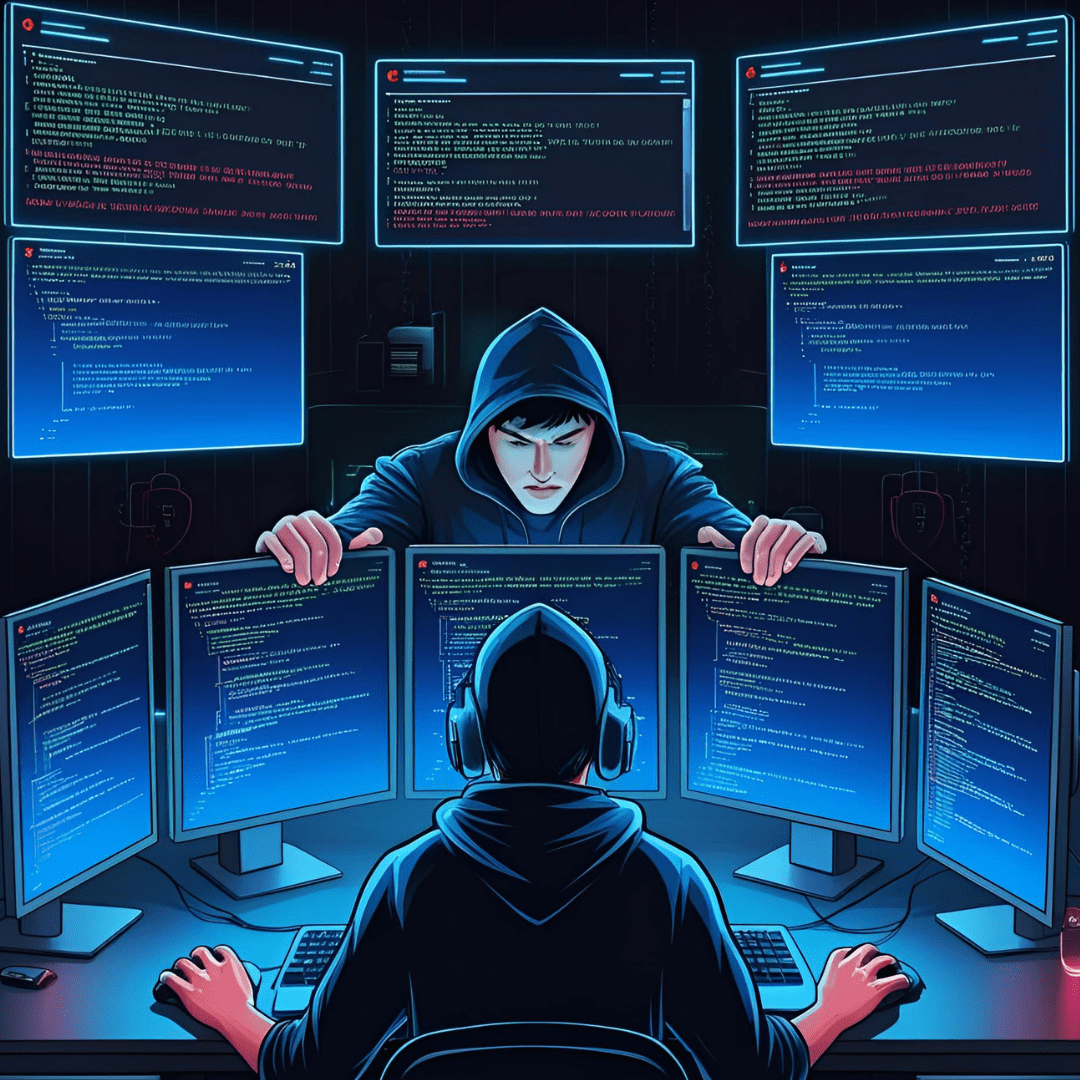As the world becomes increasingly interconnected, cybersecurity emerges as a vital force defending industries against an ever-growing array of digital threats. From retail to energy, transportation to government, cybersecurity protects critical operations, sensitive information, and public trust. By thwarting attacks and ensuring system reliability, it paves the way for a secure and thriving digital economy.
The attack, attributed by Proofpoint to a cluster known as UNK_CraftyCamel, employed a sophisticated infection chain to deploy a newly discovered backdoor named Sosano.
Cybersecurity in Retail
The retail sector leverages cybersecurity to shield e-commerce platforms, customer data, and payment systems from relentless cyber threats. With online shopping surging, robust security measures like secure socket layers (SSL) and real-time fraud detection prevent breaches that could expose personal details or disrupt transactions. Cybersecurity ensures a seamless shopping experience, keeping both retailers and consumers safe in a digital marketplace.
Additionally, cybersecurity helps retailers combat sophisticated attacks like point-of-sale (POS) malware and phishing scams targeting loyalty programs. By deploying advanced authentication methods, such as biometrics or multi-factor authentication (MFA), businesses protect customer accounts and maintain operational integrity. This not only reduces financial losses but also strengthens brand loyalty in an industry where reputation is everything.
Cybersecurity in Energy
In the energy sector, cybersecurity safeguards critical infrastructure, such as power grids and renewable energy systems, from cyberattacks that could cause widespread outages or environmental harm. With smart grids and IoT devices on the rise, strong security protocols ensure uninterrupted service and protect against threats that could destabilize entire regions, making cybersecurity a cornerstone of modern energy resilience.
Sosano is a backdoor written in Golang, designed to evade detection by bloating its code with unnecessary libraries. Upon execution, it establishes a connection with a command-and-control (C2) server and waits for commands. These include listing directories, executing shell commands and downloading additional payloads.
Read more on cyber-espionage tactics: Chinese Cyber Espionage Jumps 150%, CrowdStrike Finds
Cybersecurity in Transportation
The transportation industry depends on cybersecurity to secure connected vehicles, logistics networks, and public transit systems from digital vulnerabilities. As autonomous vehicles and smart traffic systems become more prevalent, cybersecurity prevents hacking attempts that could compromise safety or disrupt supply chains. By protecting these systems, it ensures efficient and secure movement of goods and people in an increasingly automated world.

